Introduction
Pickling vegetables and fruits is a time-honored tradition that preserves their freshness and enhances their flavor. Among the myriad of pickled delicacies, pickled sweet and sour garlic stands out for its unique blend of tangy, sweet, and savory notes. This preservation technique not only extends the shelf life of garlic but also transforms it into a delightful condiment that can elevate the taste of various dishes. However, the question of whether one can add soy sauce to this classic pickling recipe often arises among food enthusiasts and home cooks. This article delves into the intricacies of pickling sweet and sour garlic, examines the role of soy sauce in pickling, and explores the potential outcomes of incorporating it into the traditional recipe.
The Basics of Pickling Sweet and Sour Garlic

Before diving into the soy sauce debate, let’s first understand the fundamentals of pickling sweet and sour garlic. The process typically involves several key ingredients: fresh garlic bulbs, vinegar (usually rice vinegar or apple cider vinegar), sugar, salt, and sometimes spices like chili flakes or star anise for added complexity. The garlic cloves are peeled, submerged in a vinegar-sugar-salt solution, and allowed to ferment for several weeks to months. This fermentation process not only preserves the garlic but also allows the flavors to meld together, creating a harmonious balance of sweet, sour, and slightly tangy notes.
The ratio of vinegar to sugar can vary depending on personal preference, but a common guideline is to use approximately equal parts of vinegar and sugar, adjusted to taste. Salt acts as a preservative and helps to draw out moisture from the garlic, facilitating the pickling process. The addition of spices is optional but can add layers of flavor that complement the sweet and sour base.
The Role of Soy Sauce in Pickling
Soy sauce, derived from fermented soybeans, wheat, and salt, is a staple in Asian cuisines. It adds depth, umami, and a subtle saltiness to dishes. In pickling, soy sauce can serve multiple purposes:
-
Flavor Enhancement: Soy sauce’s rich, savory taste can elevate the overall flavor profile of pickled vegetables. Its umami characteristics can add a satisfying, rounded flavor that complements both sweet and sour elements.
-
Color Preservation: The dark brown hue of soy sauce can help maintain or darken the color of pickled items, making them more visually appealing.
-
Preservative Properties: The high salt content in soy sauce acts as a natural preservative, aiding in the preservation of pickled foods.
However, the use of soy sauce in pickling is not without controversy. Some argue that it can overpower the delicate balance of sweet and sour flavors in traditional recipes, while others contend that it introduces an unwanted savory element that doesn’t fit with the intended taste profile.
Can You Add Soy Sauce to Pickled Sweet and Sour Garlic?
The short answer is: it depends. Whether or not to add soy sauce to pickled sweet and sour garlic is a matter of personal preference and culinary goals. Here are some considerations to help you make an informed decision:
-
Flavor Balance: If you prefer a more balanced, harmonious flavor profile where the sweet and sour notes are the stars, adding soy sauce may not be necessary. The traditional recipe already provides a well-rounded taste that many find satisfying.
-
Umami Boost: If you crave an extra layer of flavor and are willing to experiment with a slightly different taste profile, incorporating a small amount of soy sauce can be a rewarding endeavor. Start with a small quantity and taste as you go to avoid overpowering the other ingredients.
-
Color Considerations: If you’re pickling garlic for aesthetic purposes, such as using it as a garnish or serving it as a condiment where appearance is important, soy sauce can help darken the color of the garlic, making it more visually striking.
-
Preservation Needs: In areas with high humidity or warm temperatures, where natural fermentation and preservation are more challenging, adding a bit of soy sauce can provide additional protection against spoilage.
How to Incorporate Soy Sauce into Pickled Sweet and Sour Garlic
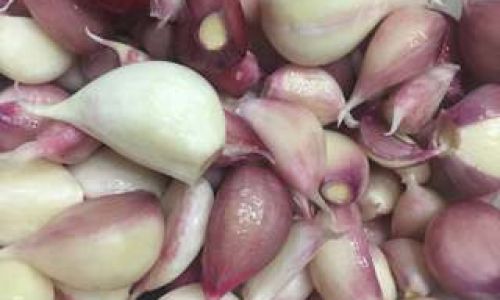
If you decide to add soy sauce to your pickled sweet and sour garlic, here are some tips for successful integration:
-
Start Small: Begin with a small amount of soy sauce, perhaps a tablespoon or two for every cup of vinegar used in the recipe. This will allow you to gradually build flavor without overpowering the dish.
-
Taste Frequently: As you mix the pickling liquid, taste it frequently to ensure that the flavors are balanced. Adjust the amounts of vinegar, sugar, salt, and soy sauce as needed to achieve your desired taste profile.
-
Use High-Quality Soy Sauce: Opt for a high-quality, naturally brewed soy sauce to maximize flavor and minimize off-flavors that can come from cheaper, processed varieties.
-
Monitor Fermentation: Keep a close eye on the fermentation process. Soy sauce can affect the rate of fermentation, so be prepared to adjust your pickling timeline accordingly.
Alternative Flavorings
If you’re hesitant to add soy sauce or simply want to explore other flavor options, consider these alternatives:
-
Mirin: A sweet Japanese rice wine, mirin can add a touch of sweetness and a hint of alcohol-derived complexity to your pickled garlic.
-
Fish Sauce: For a similar umami boost without the soy sauce flavor, fish sauce can be used sparingly. Its strong, salty taste should be balanced carefully with sugar and vinegar.
-
Herbs and Spices: Incorporating fresh or dried herbs like thyme, rosemary, or bay leaves can add aromatic depth without altering the sweet and sour balance.
-
Citrus Zest: Adding a strip of citrus zest (lemon, lime, or orange) can provide a refreshing, tangy note that complements the pickling liquid.
Conclusion
In conclusion, whether or not to add soy sauce to pickled sweet and sour garlic is a matter of personal preference and culinary creativity. Understanding the role of soy sauce in pickling, as well as its potential impact on flavor, color, and preservation, can help you make an informed decision. By starting with small amounts and tasting frequently, you can create a pickled garlic recipe that perfectly balances sweet, sour, and savory flavors to suit your taste. Remember, the beauty of pickling lies in its adaptability and the joy of experimentation. Happy pickling!
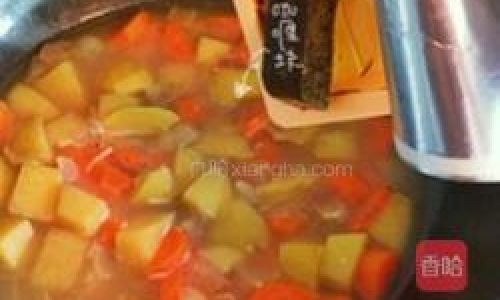
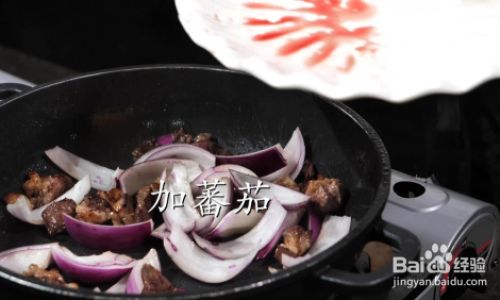
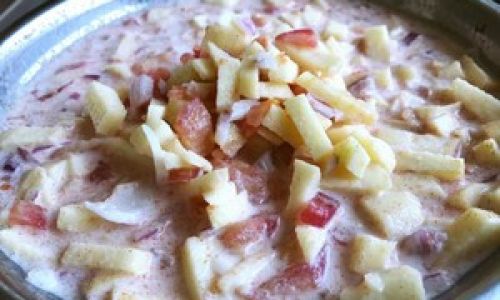
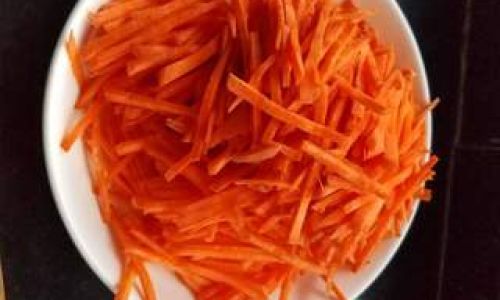
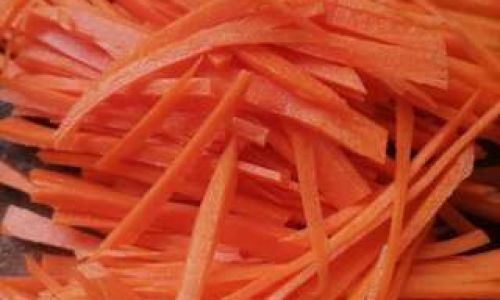
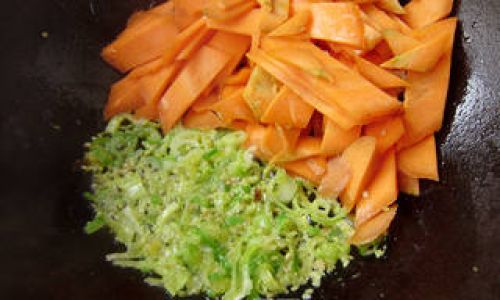
0 comments